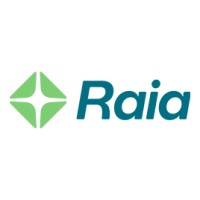
Raia
Nossa página oficial no LinkedIn é https://bit.ly/2XT3eZl Fundada em 1905 na cidade de Araraquara, a Raia é uma das bandeiras da RD Saúde (Raia Drogasil S.A.) e possui mais de 1000 farmácias em todo o Brasil. A RD Saúde é um ecossistema de saúde integral, com 3 mil farmácias em todo o Brasil e negócios em saúde que dividem o mesmo propósito: contribuir para uma sociedade mais saudável. Sua jornada começou em novembro de 2011, fruto da união entre Raia e Drogasil, crescendo até se tornar a maior rede de farmácias do Brasil e expandindo para além do varejo farmacêutico, integrando soluções B2B e plataformas digitais.






